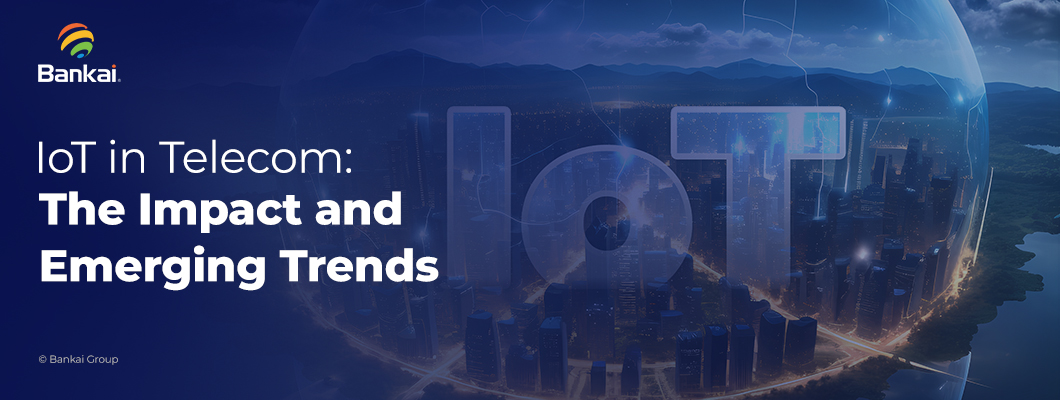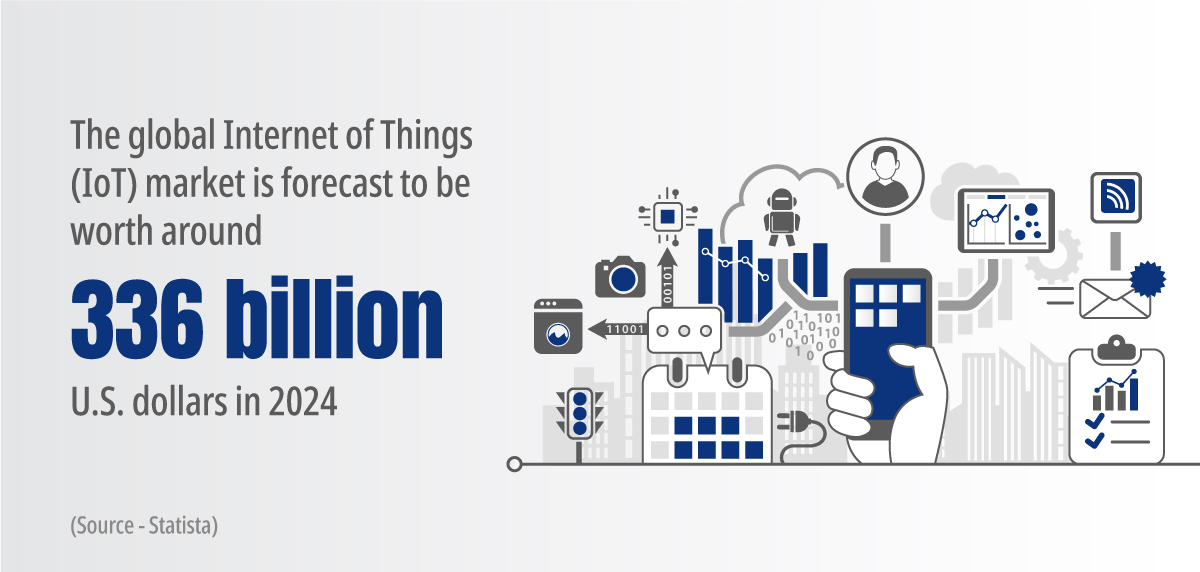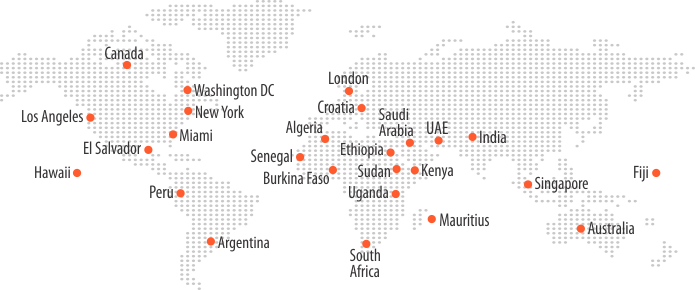How IoT is Transforming Telecommunications and Trends on the Future of Connectivity.

Think about the world where the line between physical and digital seamlessly blurs – it is the future powered by the Internet of Things (IoT).
Billions of objects are increasingly becoming interconnected through IoT, a vast device network that collects and shares data – essentially altering how we operate. But IoT is not just changing our everyday lives; it radically changes the telecommunication industry. IoT and telecommunications have transformed technology and are focused on connecting things over people.
The role of IoT in telecom industry has strengthened significantly and is expected to grow. Statista says 30.9 billion IoT devices will be used worldwide by 2025. This is crucial for telco startups or leading telecom companies to benefit from evolving technology and IoT innovation.
Let us explore how IoT can transform the future of the telecom industry and what lies ahead.
IoT in Telecommunications – How Can Telcos Get an Edge?
The rising digital adoption pushes the demand for connected devices; undoubtedly, telcos have the upper hand here. The telecom industry possesses the know-how and resources to connect and manage multiple IoT devices in their network. Here are some ways telcos can leverage IoT for the best.
Connectivity to Value Shift – Today, data is the digital gold. Telecom companies can provide support by processing all this information from IoT sensor devices and presenting valuable knowledge to enterprises. This gives them yet another income source, i.e., the billing aside from network access fees.
Specialization and Customization – One-size-fits-all network solutions no longer suffice in this connected world. With IoT, telcos can create specialized networks that cater to the diverse requirements of different applicants.
Security and Reliability as Differentiators – The growth of IoT braces secure and reliable data transmission. Telecom companies with solid security protocols and reliable infrastructure can differentiate by offering complete security solutions for connected networks and devices, ensuring data privacy and protection.
A World of Partnerships – Telecom companies can co-curate and provide industry-focused solutions by partnering with different businesses. For example, a telecom company works with healthcare providers for remote patient monitoring or with city authorities for smart infrastructure.
The Transformative Impact of IoT on Telecom Infrastructure
The rising number of connected devices can overload the existing network capacity. Traditional infrastructure battles to manage the sheer volume of data traffic, causing congestion and latency concerns.
Here’s how IoT is transforming telecom infrastructure for the better:
Improved Network Capacity
The ever-growing data flowing from a billion devices requires increased network capacity. IoT empowers telcos to cater to this through higher bandwidths and network slicing. Investments in fiber optic networks, cell tower expansion, and core network upgrades ensure appropriate bandwidth to manage data surges. Network slicing enables the creation of virtualized networks with custom-made features that cater to the bandwidth needs of diverse IoT applications.
Enhanced Network Efficiency and Performance
IoT in telecom can help enterprises optimize their network usage in incredible ways. IoT can facilitate dynamic bandwidth allocation through intelligent traffic management techniques that analyze real-time usage patterns.
The sensor data from network equipment enables proactive maintenance, thus preventing outages and reducing downtime. Additionally, data analytics support telecom companies to predict future network demands, empowering them to scale their infrastructure proactively.
The Power of 5G and Beyond
Emerging technologies like 5G are turning the telecom infrastructure upside down. 5G offers not just ultra-fast speeds but also substantially lower latency and minimizes delays in data transmission.
This makes room for real-time applications like remote surgery, where even a fraction of a second is crucial. Moreover, 5G’s power to connect many devices simultaneously is essential to support the ever-expanding growth of the IoT ecosystem.
By leveraging the power of IoT and embracing new technologies, telecom companies can transform their infrastructure into a robust foundation for the connected future. This benefits them by creating new revenue streams and opportunities and ensures a reliable foundation for the evolving world of connected devices and data-driven applications.
Emerging Trends Shaping the Future of Connectivity in the Age of IoT
Edge Computing and Network Slicing
Intelligent physical structuring delivers data processing virtually at the spot of the source, decreasing latency and lessening the strain on the leading networks. Networking slicing is all about Dividing physical networks into multiple independent networks with specific properties.
This concept enables CSPs to set up virtual networks for different applications within the IOT world. This allows them to carry out various requests, such as low latency, primarily used in industrial automation, and high bandwidth, which is well applied in video streaming.
Low Power Wide Area Networks (LPWAN)
LPWAN technology provides a way of interconnecting far and close battery-powered IoT devices, for instance, in rural areas. The connectivity platforms are low-power, long-range channel-oriented communication, which is always preferred for smart metering, asset tracking, and environmental monitoring.
AI and ML for Network Management
AI and ML can transform network management in the sense that they allow for instant monitoring without being triggered by degradation, but also lead to remote maintenance and proactive self-healing for networks, and last but not least, personalized network experiences for users and devices AI-driven solutions, through their data pattern analysis can predict networks problems and proactively act to prevent outages and cut-offs from happening.
Final Thoughts
The confluence of IoT and telecommunications signals an epochal event, an excellent time for improvement that can lead to a realm of expression. The embracing of IOT can reshape how telecoms offer connectivity, which, with data as the new currency, would be able to monetize.
Security companies gained their leading position due to their specialization, securities of operation, and close partnerships that lead to tailored solutions and a steady flow of earnings. IoT will change telecom infrastructure: not only will it boost the spectrum bandwidths, but it will also reduce service time.
New technologies like edge computing, LPWAN, and AI-driven network management also run this evolution. With our experienced and astute minds, Bankai will find a way to deliver futuristic and customized wholesale VoIP solutions to the world of telecommunications transformations with an optimistic vision.








